Na początku przygody z narciarstwem pojawia się jedno ważne pytanie: Czy lepiej wynająć, czy kupić narty? Oto szybka odpowiedź:
- Wynajem jest tańszy na start (około 40–60 USD/dzień) i bezproblemowy, ale koszty mogą się sumować, jeśli często jeździsz.
- Kupno nart oznacza większy koszt początkowy (400–800+ USD), ale to inwestycja długoterminowa i sprzęt dopasowany do ciebie.
- Snowfeet Short Skis to opcja przyjazna dla początkujących. Są kompaktowe, łatwe do nauki i kosztują 150–690 USD. Dodatkowo działają z zwykłymi butami zimowymi – nie potrzebujesz butów narciarskich.
Szybka wskazówka: Jeśli dopiero zaczynasz, wynajem lub Snowfeet Short Skis mogą być najlepszym wyborem. Jeśli planujesz jeździć regularnie, posiadanie własnego sprzętu może na dłuższą metę zaoszczędzić pieniądze.
Czytaj dalej, aby poznać plusy i minusy każdej opcji i dowiedzieć się, która najlepiej odpowiada twoim potrzebom!
Wynajem nart: zalety, wady i koszty
Zalety wynajmu
Wynajem nart to świetny sposób na niskie koszty początkowe i możliwość wypróbowania różnych typów sprzętu. Wiele wypożyczalni oferuje pakiety dopasowane do twojego poziomu umiejętności, więc niezależnie czy jesteś początkującym, czy bardziej zaawansowanym, znajdziesz sprzęt odpowiadający twoim potrzebom. To także wygodny sposób na eksperymentowanie z różnymi zestawami bez konieczności zakupu.
Kolejną dużą zaletą? Nie musisz martwić się przechowywaniem długich, nieporęcznych nart w domu. I zapomnij o konserwacji – takie rzeczy jak smarowanie, ostrzenie krawędzi i naprawy są załatwiane przez wypożyczalnię. To ogromna oszczędność czasu.
Jeśli podróżujesz do ośrodka narciarskiego, wypożyczalnie u podnóża stoków ułatwiają sprawę. Możesz odebrać sprzęt rano i zwrócić go pod koniec dnia. Super wygodne, zwłaszcza na jednorazowe wyjazdy. Ale jak ze wszystkim, są pewne kompromisy.
Problemy z wynajmem
Dla częstych narciarzy wynajem ma swoje wady. Choć na początku jest to opcja budżetowa, opłaty za wypożyczenie mogą szybko się sumować w ciągu sezonu. Jeśli często jeździsz na stoku, możesz zauważyć, że koszty wynajmu niemal dorównują zakupowi własnego sprzętu.
Kolejnym problemem jest jakość wypożyczanego sprzętu. Ponieważ jest używany przez wiele osób, może nosić ślady zużycia, co prowadzi do dyskomfortu lub mniej niż idealnej wydajności. Szczególnie jeśli trafisz na buty lub narty, które nie do końca pasują. W okresach wzmożonego ruchu Twój rozmiar lub preferowany model może nawet nie być dostępny.
Jest też kwestia czasu. Dopasowanie wypożyczonego sprzętu i jego zwrot mogą zabrać część dnia na nartach. Dodatkowo, zmiana nart za każdym razem może zaburzyć pamięć mięśniową, spowalniając postępy na stoku. Dla regularnych narciarzy te niedogodności mogą sprawić, że posiadanie własnego sprzętu będzie lepszą opcją na dłuższą metę.
Kupowanie nart: inwestycja, personalizacja i praktyczność
Zalety zakupu
Posiadanie własnych nart to więcej niż zakup – to długoterminowe zobowiązanie do spędzania czasu na stoku. Posiadanie sprzętu dopasowanego do Ciebie może zrobić ogromną różnicę w tym, jak jeździsz. Może zwiększyć Twoją pewność siebie, poprawić wydajność i zapewnić komfort przez cały dzień. Poza tym, gdy masz własne narty, to Ty decydujesz o ich konserwacji. Niezależnie czy to regularne smarowanie, ostrzenie krawędzi czy naprawa drobnych uszkodzeń, możesz mieć pewność, że zawsze będą w doskonałej formie.
Problemy z posiadaniem
Mimo to, zakup nart nie jest tani. Koszt początkowy może wydawać się wysoki, zwłaszcza dla początkujących. Podstawowy zestaw narciarski – wraz z butami, wiązaniami i kijkami – może szybko się zsumować. Jeśli dopiero testujesz, czy narciarstwo to coś dla Ciebie, ta cena może wydawać się dużym skokiem.
Jest też kwestia przechowywania i transportu. Narty nie są zbyt kompaktowe, a znalezienie miejsca do ich przechowywania w domu lub sposób na przewiezienie ich na górę może być uciążliwe. Konserwacja również wymaga czasu i wysiłku, na co nie każdy jest gotów.
Dla początkujących warto zastanowić się, jak często faktycznie będziesz jeździć na stoku, zanim zdecydujesz się zainwestować we własny sprzęt.
Wynajem vs zakup sprzętu narciarskiego: co jest najlepsze na Twoją narciarską wycieczkę? | Seria BeAlive Recess
sbb-itb-17ade95
Dlaczego Snowfeet* krótkie narty są najlepszym wyborem dla początkujących
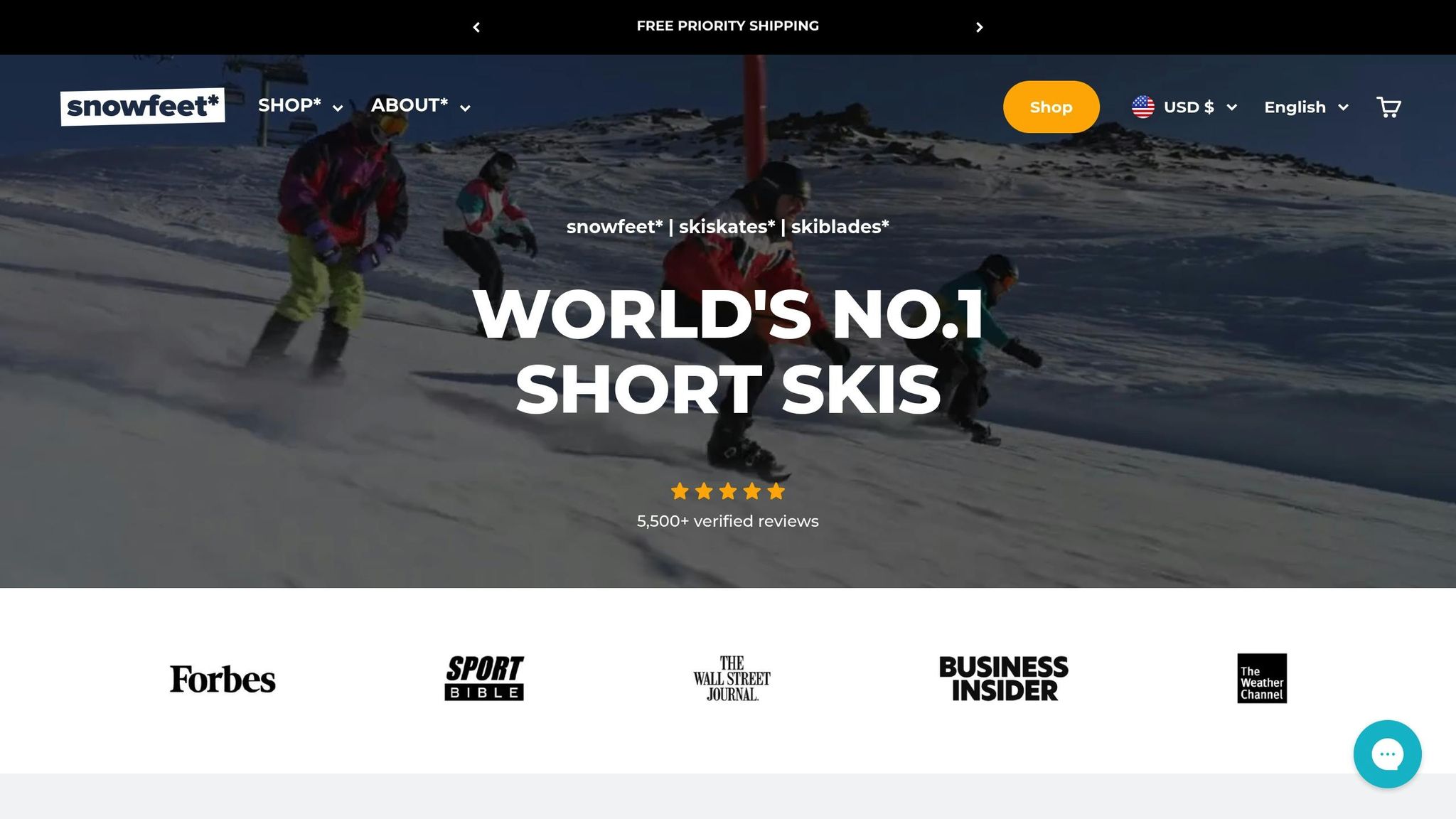
Jeśli jesteś nowicjuszem w narciarstwie, znalezienie odpowiedniego sprzętu może być przytłaczające. Właśnie tutaj wchodzą Snowfeet* krótkie narty – to prawdziwa rewolucja dla początkujących. Upraszczają naukę, są łatwe do transportu i nie zrujnują portfela. Zanurzmy się w to, dlaczego są tak mądrym wyborem.
Łatwe w użyciu i nauce
Snowfeet* krótkie narty, dostępne w rozmiarach od około 26 cali (65 cm) do 47 cali (120 cm), zostały zaprojektowane, aby nauka była dziecinnie prosta. Ich kompaktowy rozmiar daje Ci większą kontrolę i wybacza błędy, gdy dopiero zaczynasz. Dodatkowo, bez dodatkowej wagi i długości tradycyjnych nart, możesz skupić się na doskonaleniu swoich umiejętności i naprawdę cieszyć się procesem.
Łatwe do noszenia i podróżowania
Tradycyjne narty mogą być uciążliwe do noszenia, ale Snowfeet* rozwiązuje ten problem. Mini Ski Skates, które mają zaledwie 15 cali (38 cm) długości, łatwo zmieszczą się w plecaku. Nawet dłuższe modele są znacznie bardziej kompaktowe niż standardowe narty, co czyni je idealnymi na spontaniczne wyjazdy w góry lub łatwe przechowywanie w domu.
Kolejny plus? Snowfeet* działa z twoim zwykłym zimowym obuwiem lub butami snowboardowymi. Oznacza to, że nie musisz wydawać na specjalistyczne buty narciarskie, co utrzymuje twój sprzęt prostym i wszechstronnym.
Przystępne cenowo i pełne zabawy
Narciarstwo nie musi kosztować fortuny. Snowfeet* zaczyna się od około $150 za Mini Ski Skates, a premium krótkie narty kosztują około $690. A ponieważ nie ma potrzeby kosztownej konserwacji czy przechowywania, zaoszczędzisz jeszcze więcej na dłuższą metę.
Ale to nie tylko oszczędność pieniędzy – Snowfeet* sprawia, że sporty zimowe są bardziej zabawne i dostępne. Możesz ich używać na szlakach turystycznych, lokalnych wzgórzach, a nawet w swoim ogródku. Przywracają czystą radość zabawy na śniegu, czyniąc zimowe przygody dostępnymi dla każdego.
Dzięki Snowfeet* zyskujesz lepszą kontrolę, szybszą naukę i zupełnie nowy sposób na doświadczenie śniegu. Kto by pomyślał, że mniejsze narty mogą przynieść tak wielkie korzyści?
Porównanie: wypożyczanie vs. kupno vs. Snowfeet* krótkie narty
Gdy przyjrzymy się bliżej, wypożyczanie, kupowanie i Snowfeet* krótkich nart oferują różne zalety i wyzwania. Sprawdźmy, jak wypadają pod względem kosztów, wygody i ogólnych wrażeń.
Tabela porównawcza
| Czynnik | Wypożyczenie tradycyjnych nart | Kupno tradycyjnych nart | Snowfeet* krótkie narty |
|---|---|---|---|
| Koszt dzienny | $40–$60 za dzień | $400–$1,200+ | $150–$690 |
| Koszt długoterminowy (1 rok) | $400–$600 (na około 10 dni) | $400–$1,200+ (w tym buty, wiązania, kijki) | $150–$690 (jednorazowa inwestycja) |
| Miejsce do przechowywania | Nie jest potrzebne | Wymaga dużej szafy lub garażu | Łatwo mieści się w szafie |
| Transport | Wymaga uchwytów narciarskich lub boxu dachowego | Wymaga uchwytów narciarskich lub boxu dachowego | Pasuje do plecaka lub bagażnika samochodu |
| Kompatybilność butów | Wymaga specjalnych butów narciarskich (200–500 USD) | Wymaga specjalnych butów narciarskich (200–500 USD) | Działa z zimowymi butami lub butami snowboardowymi |
| Krzywa nauki | Strome – dłuższe narty trudniej kontrolować | Strome – dłuższe narty trudniej kontrolować | Łagodne – krótsze narty łatwiej opanować |
| Konserwacja | Obsługiwane przez wypożyczalnię | Coroczne serwisowanie (~50–80 USD) | Minimalna konserwacja z tanim woskiem (~6 USD) |
| Wszechstronność | Ograniczone do ośrodków narciarskich | Ograniczone do ośrodków narciarskich | Świetne na stoki, szlaki, podwórka i parki |
| Elastyczność podróży | Związane z lokalizacjami wypożyczalni | Pojemny i ciężki | Lekki i mieści się jako bagaż podręczny w samolocie |
| Czynnik zabawy | Mogą być przytłaczające dla początkujących | Mogą być przytłaczające dla początkujących | Natychmiastowa zabawa i mniej onieśmielające |
Dlaczego krótkie narty Snowfeet* wyróżniają się na tle innych
Krótkie narty Snowfeet* wnoszą coś świeżego, zwłaszcza dla początkujących. Łączą przystępność cenową z cechami, które sprawiają, że narciarstwo jest mniej onieśmielające i bardziej zabawne. Zaczynając od zaledwie 150 dolarów za Mini Ski Skates, aż do 690 dolarów za premium krótkie narty, kosztują mniej niż wiele tradycyjnych butów narciarskich.
Przenośność to kolejna rewolucyjna cecha. Tradycyjne narty, które zwykle mają od 60 do 70 cali długości, mogą być uciążliwe w przechowywaniu i transporcie. Produkty Snowfeet*? To pestka. Mini Ski Skates mają około 15 cali długości, a krótkie narty maksymalnie około 47 cali. Wrzuć je do plecaka lub bagażnika i jesteś gotowy do drogi.
Dla początkujących krótkie narty Snowfeet* znacznie ułatwiają naukę. Dłuższe narty zwykle potęgują błędy, co może być frustrujące. Snowfeet* z kolei oferują lepszą kontrolę i natychmiastową informację zwrotną, pomagając budować pewność siebie od samego początku. Dodatkowo są na tyle wszechstronne, że sprawdzą się na stokach, szlakach, a nawet w twoim ogródku.
Podsumowanie: Najlepsza opcja na twoje pierwsze narciarskie doświadczenie
Na twoją pierwszą narciarską przygodę Snowfeet* krótkie narty spełniają wszystkie wymagania: są przystępne cenowo, łatwe w obsłudze i przyjazne dla początkujących.
Porozmawiajmy najpierw o pieniądzach. Tradycyjne zestawy narciarskie i wypożyczenia mogą szybko się sumować, ale produkty Snowfeet* oferują przyjazną dla budżetu alternatywę. Ceny wahają się od około 150 do 690 dolarów za jednorazowy zakup, co oszczędza ci ciągłe koszty wypożyczeń. To wygrana dla twojego portfela.
Pomyśl teraz o przenośności. Krótkie narty Snowfeet* są tak kompaktowe, że zmieszczą się w plecaku lub bagażniku samochodu. Niezależnie czy jedziesz do ośrodka narciarskiego, na szlak czy nawet do własnego ogródka, łatwo je zabrać ze sobą. Bez ciężkiego sprzętu, bez problemów.
Ale prawdziwą rewolucją jest krzywa nauki. Dzięki krótszej długości, narty Snowfeet* oferują lepszą kontrolę i zwrotność, co ułatwia początkującym opanowanie podstaw i szybsze budowanie pewności siebie. Dodatkowo, opinie użytkowników podkreślają, jak dużo frajdy i jak mało presji niesie ta zabawa.
Snowfeet* krótkie narty eliminują typowe bariery - wysokie koszty, skomplikowaną logistykę i strome krzywe nauki. Sprawiają, że narciarstwo jest dostępne, przystępne cenowo i co najważniejsze - zabawne. Gotowy, by ruszyć na stoki? Snowfeet* ułatwia start!
Najczęściej zadawane pytania
Czy jako początkujący powinienem wypożyczyć czy kupić narty?
Decyzja, czy wypożyczyć, czy kupić narty, zależy od twoich nawyków narciarskich, celów i budżetu. Wypożyczenie to solidny wybór, jeśli dopiero zaczynasz, chcesz spróbować narciarstwa bez zobowiązań do dużego zakupu lub jeździsz na nartach tylko kilka razy w roku. To przystępne cenowo rozwiązanie, które daje ci szansę na eksperymentowanie z różnym sprzętem, zanim zdecydujesz się na własny.
Z drugiej strony, jeśli planujesz często jeździć na nartach lub wolisz wygodę posiadania własnego sprzętu, kupno może być najlepszym rozwiązaniem. Dla początkujących produkty Snowfeet* takie jak skiblades i skiskates to ekscytująca alternatywa dla tradycyjnych nart. Te krótsze, lekkie opcje są nie tylko łatwiejsze w obsłudze, ale także bardzo przenośne i dają mnóstwo frajdy. Są świetne do budowania pewności siebie i idealne dla tych, którzy chcą czegoś prostego, a jednocześnie skutecznego. Podczas gdy tradycyjne narty i snowboardy dominują na stokach, sprzęt Snowfeet* oferuje przyjazną dla początkujących i oszczędną opcję, której trudno nie zauważyć.
Dla tych, którzy są zaangażowani w narciarstwo lub pragną bardziej dopasowanego doświadczenia, inwestycja w produkty Snowfeet* może być rozsądnym krokiem. Ale jeśli nadal zastanawiasz się, czy narciarstwo to coś dla ciebie, wypożyczenie daje elastyczny, bezstresowy sposób na cieszenie się tym sportem bez nadwyrężania budżetu.
Czy krótkie narty Snowfeet są lepsze dla początkujących niż tradycyjne narty?
Zdecydowanie tak! Snowfeet krótkie narty – takie jak ich Skiblades (65 cm, 99 cm, 120 cm) – to fantastyczna opcja dla początkujących. Dlaczego? Są łatwiejsze w obsłudze i znacznie mniej onieśmielające niż tradycyjne długie narty. Ich kompaktowy rozmiar i lekka konstrukcja pozwalają szybciej i pewniej opanować podstawowe umiejętności narciarskie.
Tradycyjne narty mogą wydawać się nieporęczne i trudne do kontrolowania, zwłaszcza gdy dopiero zaczynasz. W przeciwieństwie do nich, krótkie narty Snowfeet oferują bardziej swobodną, zabawną atmosferę na stoku. Dodatkowo są bardzo przenośne, więc ich transport i przechowywanie to pestka. Dla każdego, kto próbuje narciarstwa po raz pierwszy, Snowfeet to świetna równowaga między prostotą, zabawą a wzrostem pewności siebie – stanowią doskonałą alternatywę dla długich nart czy nawet snowboardów.
Jakie dodatkowe koszty lub czynniki powinienem wziąć pod uwagę, wybierając krótkie narty Snowfeet zamiast wypożyczania lub kupowania tradycyjnych nart?
Jeśli chodzi o krótkie narty Snowfeet, ceny zazwyczaj wahają się między 140 a 690 USD, w zależności od modelu i jego funkcji. W porównaniu z tradycyjnymi nartami – które mogą kosztować od 300 do ponad 1500 USD – to znacznie bardziej przyjazna dla budżetu opcja. Co więcej, Snowfeet krótkie narty są kompatybilne z większością zimowych butów, więc nie musisz wydawać dodatkowo na specjalistyczne buty narciarskie. To wygrana dla twojego portfela!
Warto też pomyśleć o sprzęcie ochronnym, takim jak kaski czy ochraniacze, zwłaszcza jeśli jesteś nowicjuszem na stokach. Ale piękno Snowfeet tkwi w ich konstrukcji – są lekkie, bardzo przenośne i proste w użyciu. Dla początkujących to zabawny, bezproblemowy sposób na cieszenie się narciarstwem bez kosztów i komplikacji tradycyjnego sprzętu.














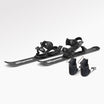






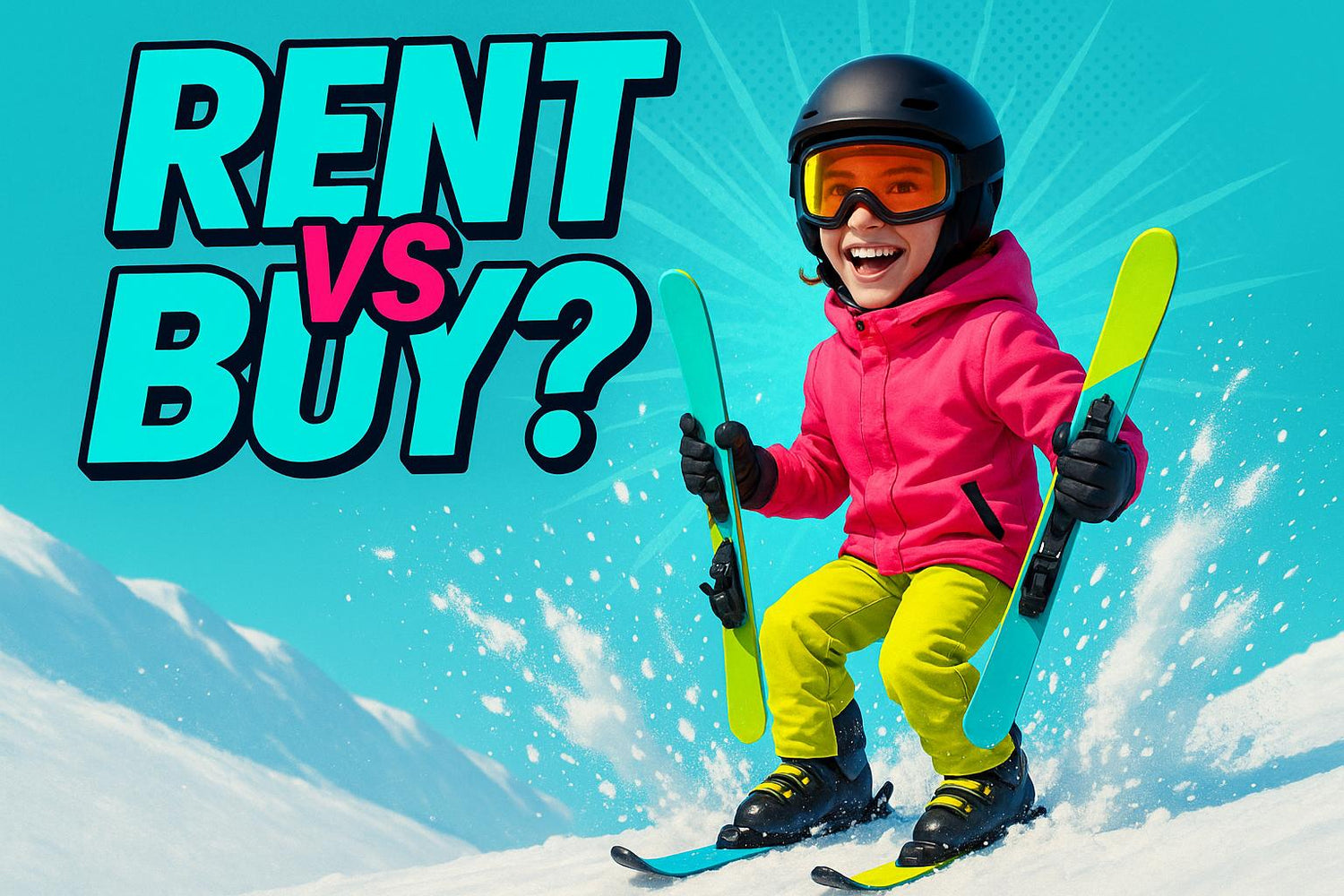
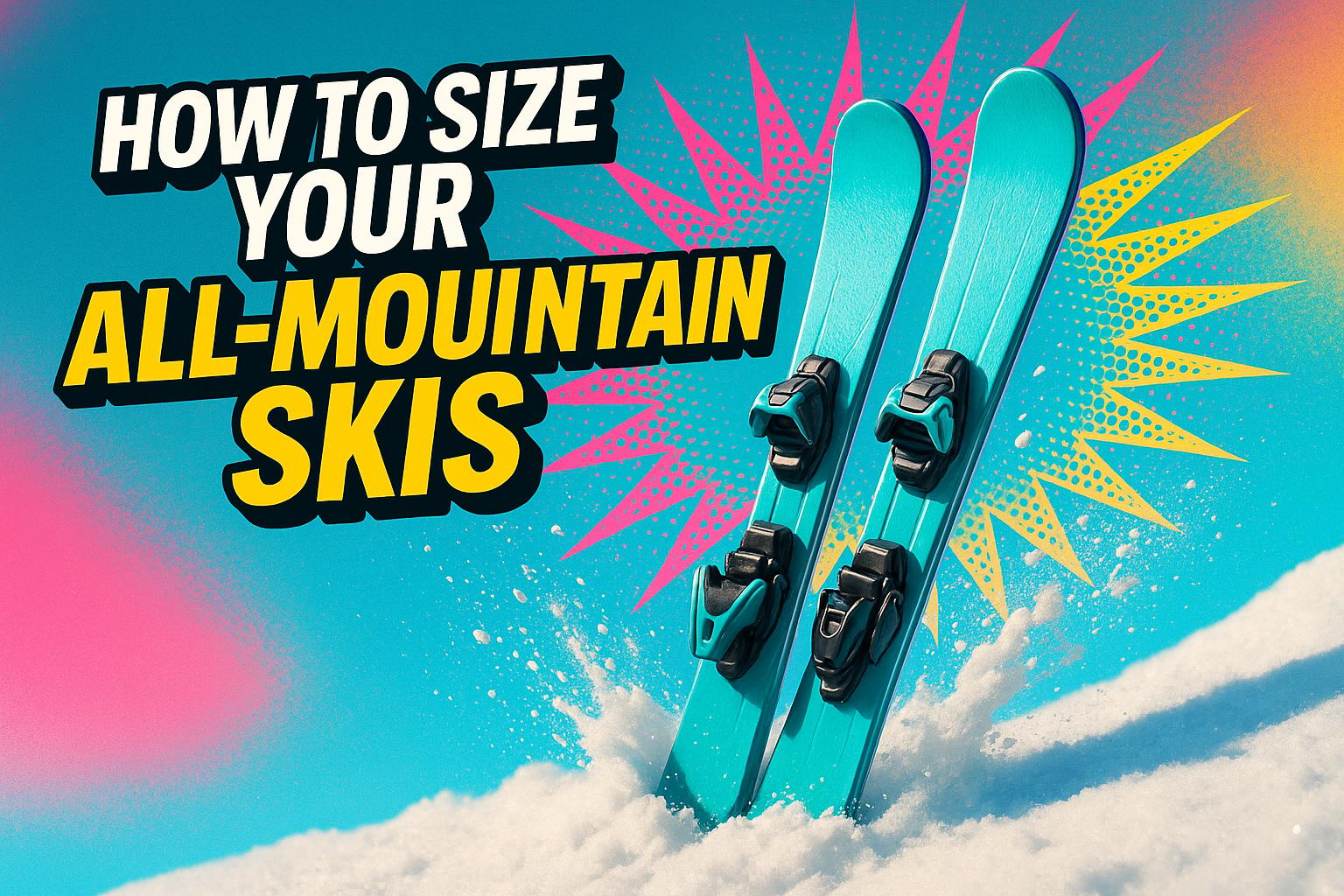
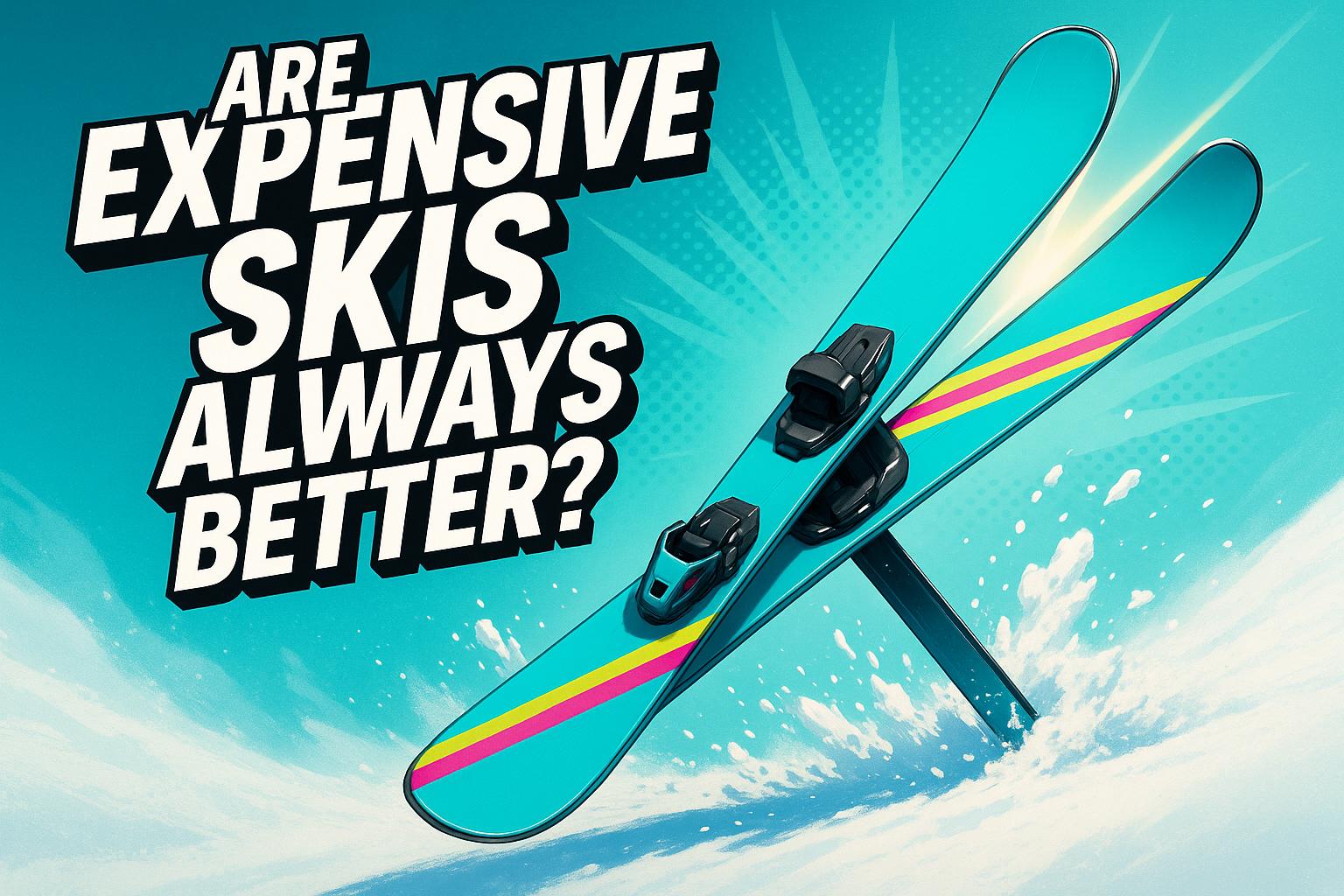










Zostaw komentarz
Ta strona jest chroniona przez hCaptcha i obowiązują na niej Polityka prywatności i Warunki korzystania z usługi serwisu hCaptcha.